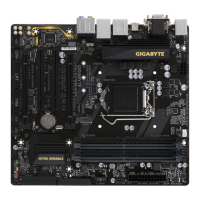
Do you have a question about the Gigabyte GA-Z270M-D3H and is the answer not in the manual?
| Non-ECC | Yes |
|---|---|
| Memory channels | Dual-channel |
| Memory slots type | DIMM |
| Number of memory slots | 4 |
| Supported memory types | DDR4-SDRAM |
| Maximum internal memory | 64 GB |
| Supported memory clock speeds | 2133, 2400, 2666, 2800, 3000, 3200, 3300, 3333, 3400, 3466, 3600, 3666, 3733 MHz |
| Supported memory module capacities | 16GB |
| RAID levels | 0, 1, 5, 10 |
| Supported storage drive types | HDD & SSD |
| Component for | PC |
| Power source type | ATX |
| Motherboard chipset | Intel® Z270 |
| Audio output channels | 7.1 channels |
| Motherboard form factor | micro ATX |
| Motherboard chipset family | Intel |
| Windows operating systems supported | Windows 10 Education, Windows 10 Education x64, Windows 10 Enterprise, Windows 10 Enterprise x64, Windows 10 Home, Windows 10 Home x64, Windows 10 Pro, Windows 10 Pro x64, Windows 7 Enterprise, Windows 7 Enterprise x64, Windows 7 Home Basic, Windows 7 Home Basic x64, Windows 7 Home Premium, Windows 7 Home Premium x64, Windows 7 Professional, Windows 7 Professional x64, Windows 7 Starter, Windows 7 Starter x64, Windows 7 Ultimate, Windows 7 Ultimate x64, Windows 8, Windows 8 Enterprise, Windows 8 Enterprise x64, Windows 8 Pro, Windows 8 Pro x64, Windows 8 x64 |
| Processor socket | LGA 1151 (Socket H4) |
| Compatible processor series | Intel Celeron, Intel Pentium |
| USB 2.0 connectors | 2 |
| Number of SATA III connectors | 6 |
| Number of Parallel ATA connectors | 0 |
| USB 3.2 Gen 1 (3.1 Gen 1) connectors | 1 |
| USB 2.0 ports quantity | USB 2.0 ports have a data transmission speed of 480 Mbps, and are backwards compatible with USB 1.1 ports. You can connect all kinds of peripheral devices to them. |
| BIOS type | EFI AMI |
| ACPI version | 5.0 |
| BIOS memory size | 64 Mbit |
| Depth | 244 mm |
|---|---|
| Width | 225 mm |
Explains how to check the motherboard revision number for technical information.
Diagram showing the layout of motherboard components and connectors.
Lists the items included in the motherboard package for reference.
Essential guidelines for handling and installing the motherboard to prevent damage.
Information on hardware monitoring and a brief overview of BIOS functionalities.
Details supported operating systems and the motherboard's physical form factor.
Essential guidelines and warnings for safely installing the CPU.
Essential guidelines and warnings for safely installing memory modules.
Explains configuring memory for Dual Channel mode for performance benefits.
Important guidelines for safely installing expansion cards into the motherboard.
Details various back panel connectors like PS/2, USB, D-Sub, DVI-D, and Type-C.
Details ATX power connectors, fan headers, SATA, SATA Express, and M.2 connectors.
Details front panel, audio, S/PDIF, and USB headers for chassis integration.
Details COM, LPT, TPM, Clear CMOS jumper, and Battery for system control.
Describes the pinouts and function of CPU and system fan headers.
Details the M.2 socket for SSDs and provides installation steps.
Details the front panel header for chassis buttons, LEDs, and speakers, including pin assignments.
Details the USB 3.1 Gen 1 header and its pinout.
Explains the function of BIOS and how to access the BIOS Setup program.
Describes the initial GIGABYTE logo screen that appears during system boot.
Allows adjustment of the CPU's clock multiplier and displays current CPU frequency.
Settings for CPU prefetching and X.M.P. for memory performance optimization.
Options to enhance memory performance, stability, and manual timing adjustments.
Settings for memory channel and rank interleaving for performance optimization.
Displays chassis intrusion, system voltages, PCIe link speed, and benchmark enhancement.
Settings for temperature warnings and fan failure alerts for system protection.
Settings related to system boot order, NumLock state, and LOGO display.
Specifies the boot order for operating systems and storage devices.
Settings to speed up boot, adjust mouse speed, and configure OS features.
Settings for LAN PXE boot option and Windows 8/10 features.
Settings for network boot, power loss recovery, and mouse speed.
Settings for CSM support and LAN PXE boot option ROM.
Settings for configuring Administrator and User passwords for BIOS access.
Selects the primary display device and configures EZ RAID.
Settings for onboard LED control, Intel PTT, and Trusted Computing (TPM).
Enables or disables onboard serial and parallel ports.
Settings for various USB configurations and integrated SATA controllers.
Selects between Intel RST Premium or AHCI mode for SATA controllers.
Settings for VT-d, onboard graphics, audio, and LAN controllers.
Settings for ErP, soft-off, power loading, resume by alarm, and RC6 standby.
Step-by-step guide to configuring RAID arrays using the EZ RAID feature.
Steps to configure RAID arrays using UEFI or legacy ROM utilities.
Information on RoHS and WEEE directives concerning hazardous substances and waste.
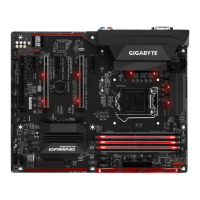
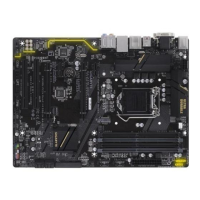
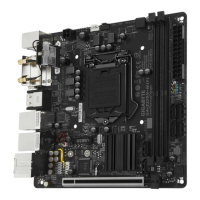
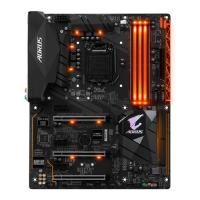
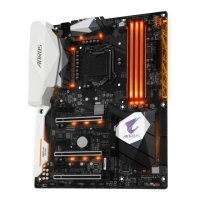

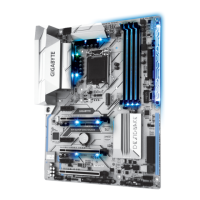
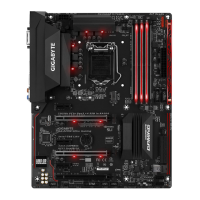
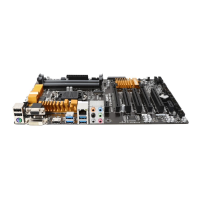
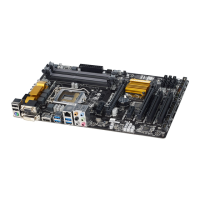
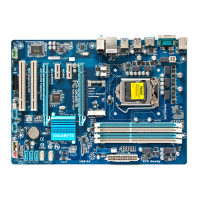
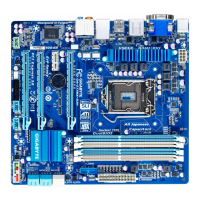
